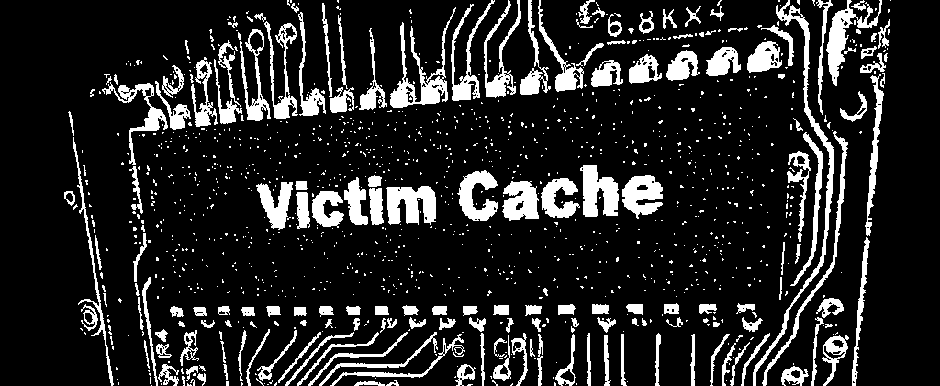Since we are still waiting on both Aardvark to send us our reference lacquer, as well as some mounting hardware for my ArduinoBoy Advance, and have had a stomach bug creep through cancelling practice; I spent some time switching gears a bit and working on a semi-modular PSU idea I had for our live stage rack.
Originally I was working on having a single monster PSU that handles all the needed voltages. Soon I realized that might not be the best option though because some things were going to be built out over time and power requirements would change as a result. It would be nice to only install what we need at any given time, to spread the costs out over time. And going modular tends to be a bit more cost efficient when it comes to fabricating boards (we get boards in sets of 3). This might also allow for supply isolation – we can have all digital gear run on a different supply then mixed or analog gear to avoid noise (although in practice, for a live setting, I don’t see that being significant).
Creating a linear-regulated DC PSU is rather straightforward – transformer, rectifier, smoothing caps, regulator, filter caps, done. But after that things can turn complex. Designing the PSU for the intended load, minimizing noise, handling transients, adding protection, etc. It’s those topics that tend to involve a bit of black magic.
For instance, yesterday I spent probably too much time learning about avalanche diodes and transient voltage suppression. Pretty neat stuff but for such a simple addition to the circuit, it ended up being a rather complicated topic. The whole point, at least in how it will be used in my circuit, is to limit voltage (which indicates something isn’t right such as if the voltage regulator fails). Basically the diode is installed between ground and +V. During normal operation, the diode prevents the current flowing to ground. If the circuit climbs above a certain voltage, then the diode quickly allows current to flow to ground, causing a short, and hopefully causing a fuse in the circuit to activate. This thereby prevents destruction of components at least up-stream of the power supply. Or at least that is how I understand it.
Then there is the topic of using fewer, bigger, smooth capacitors versus smaller, more numerous smaller ones. And if the latter, there is even a debate on how best to wire them for the intended purpose. The theory I choose to subscribe to is having more smaller smoothing caps wired linearly along the supply (as opposed to via some sort of star pattern) with the idea being the next capacitor in sequence is able to further smooth and attenuate noise than the previous while still provide the same overall capacitance. I would think that transient response would suffer over a star pattern, and apparently this design does not optimize ESR very well (ESR is something I am still trying to fully understand). But it does have the intended benefit of making sure noise is generally filtered in sequence. And since we are not driving large amplifiers, large transients should rarely be an issue.
Definitely learned some things this time around and am ending up with a pretty nice design, at least for a non-polar supply. We won’t have a need for anything bi-polar for a while I don’t suspect (that would be required for op-amps or analog filters) but I don’t suspect that would be too much more complicated. Among the things learned? Gonna need to get an o-scope pretty soon…
